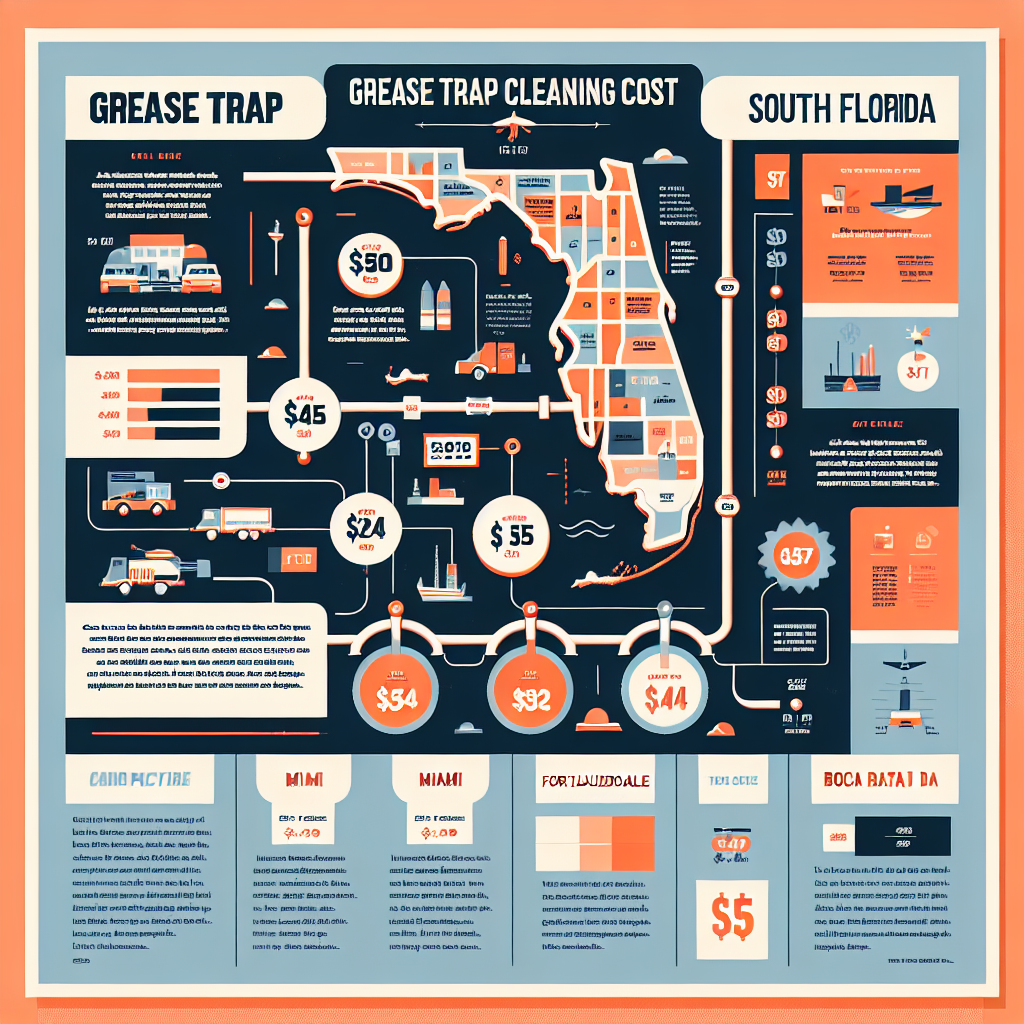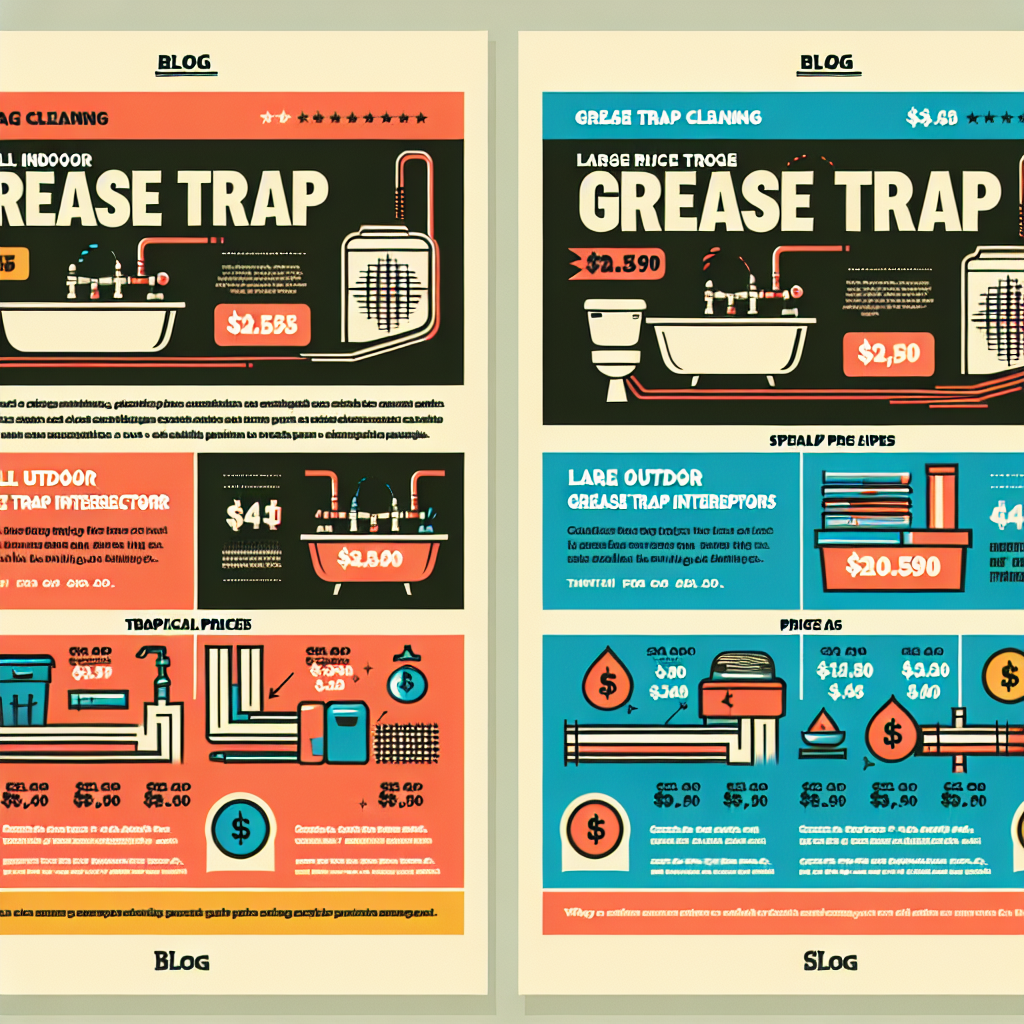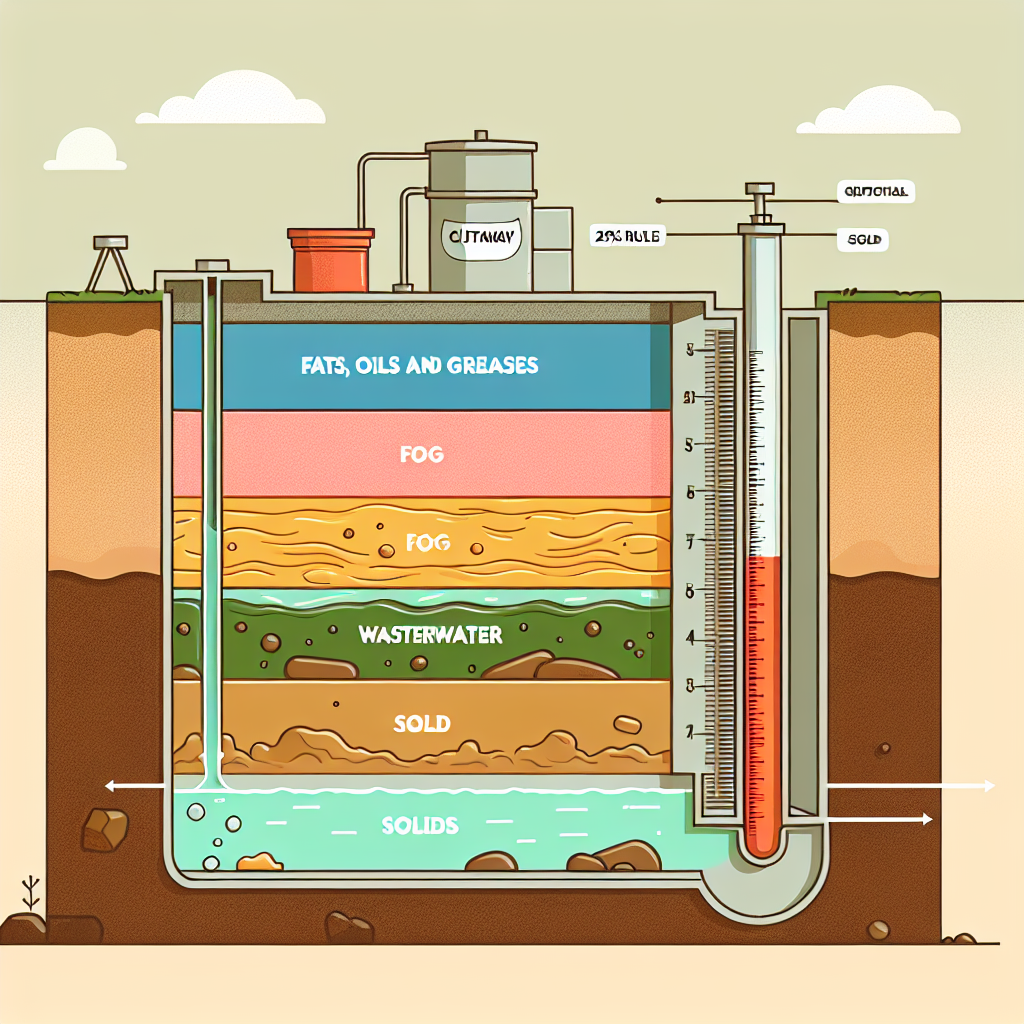Grease Trap Cleaning Process: Step-by-Step Guide
Complete guide to grease trap cleaning process: step-by-step guide for South Florida restaurants.
We Handle Everything For You
We handle all the sourcing, negotiations, and logistics to find you the best grease trap service provider at the cheapest cost in your area.
Grease Trap Cleaning Process: Step-by-Step Guide
Grease Trap Cleaning Process: Step-by-Step Guide
Introduction to Grease Trap Cleaning
Grease traps are essential components in commercial kitchens, designed to capture fats, oils, and grease (FOG) before they enter the wastewater system. Regular cleaning is crucial to maintain efficiency and comply with local regulations, especially in South Florida cities like Miami, Fort Lauderdale, and Boca Raton.
Understanding the Importance of Grease Trap Cleaning
Why Regular Cleaning is Necessary
Regular grease trap cleaning prevents blockages, foul odors, and potential fines from regulatory bodies. It ensures the smooth operation of kitchen drains and helps avoid costly emergency services.
Compliance with Local Regulations
In South Florida, compliance with local regulations is mandatory. Miami-Dade, Broward, and Palm Beach counties have specific requirements for grease trap maintenance and documentation.
The Grease Trap Cleaning Process
Step 1: Preparation and Safety Measures
1. Gather Equipment: Ensure you have the necessary tools, including protective gloves, masks, and containers for waste.
2. Safety First: Turn off all kitchen appliances and ensure proper ventilation.
Step 2: Accessing the Grease Trap
1. Locate the Trap: Find the grease trap, usually located under sinks or outside the building.
2. Remove the Lid: Carefully remove the lid, avoiding damage to the gasket.
Step 3: Inspecting the Grease Trap
1. Visual Inspection: Check for cracks, leaks, or excessive wear.
2. Measure FOG Levels: Use a dipstick to measure the levels of grease and solids.
Step 4: Removing Grease and Solids
1. Skim the Grease: Use a scoop or vacuum to remove the top layer of grease.
2. Remove Solids: Extract solid waste from the bottom of the trap.
Step 5: Cleaning the Trap
1. Scrub the Interior: Use a brush and biodegradable cleaner to scrub the trap’s interior.
2. Rinse Thoroughly: Rinse with water to remove any remaining residue.
Step 6: Reassemble and Test
1. Replace the Lid: Ensure the gasket is intact and securely replace the lid.
2. Test the System: Run water to ensure proper flow and check for leaks.
Equipment Used in Grease Trap Cleaning
Cost of Professional Grease Trap Cleaning
Factors Affecting Cost
Typical Cost Range
| City | Average Cost Range |
|---|---|
| Miami | $150 - $500 |
| Fort Lauderdale | $140 - $480 |
| Boca Raton | $130 - $450 |
Compliance and Documentation
Local Regulatory Requirements
Record Keeping
Maintain detailed records of all cleaning activities, including dates, service provider details, and any issues identified.
FAQs
How often should you clean a grease trap?
Grease traps should be cleaned at least every 90 days, but high-volume kitchens may require more frequent service.
What happens during grease trap cleaning?
The process involves removing grease and solids, cleaning the trap, and ensuring proper functionality.
How much does grease trap cleaning cost?
Costs vary based on location, trap size, and condition, typically ranging from $130 to $500.
What are the signs of grease trap problems?
Signs include slow drainage, foul odors, and visible grease buildup.
How does a grease trap work?
It separates FOG from wastewater, allowing clean water to flow into the sewer system.
What are the regulations for grease traps in Miami?
Miami-Dade requires compliance with DERM regulations, including regular cleaning and documentation.
Conclusion
Regular grease trap cleaning is vital for operational efficiency and regulatory compliance. By understanding the process and maintaining proper documentation, South Florida restaurant owners can ensure their kitchens run smoothly and avoid costly penalties.
Call to Action
For professional grease trap cleaning services in Miami, Fort Lauderdale, and Boca Raton, contact [Your Company Name] today to schedule a service and ensure compliance with local regulations.
External Resource: For more information on local regulations, visit the [Miami-Dade County Environmental Resources Management](https://www.miamidade.gov/environment/) website.
Internal Links:
Related Grease Trap Resources



Need Professional Help?
Get expert grease trap services with transparent pricing and same-day availability.
Get Free Quote